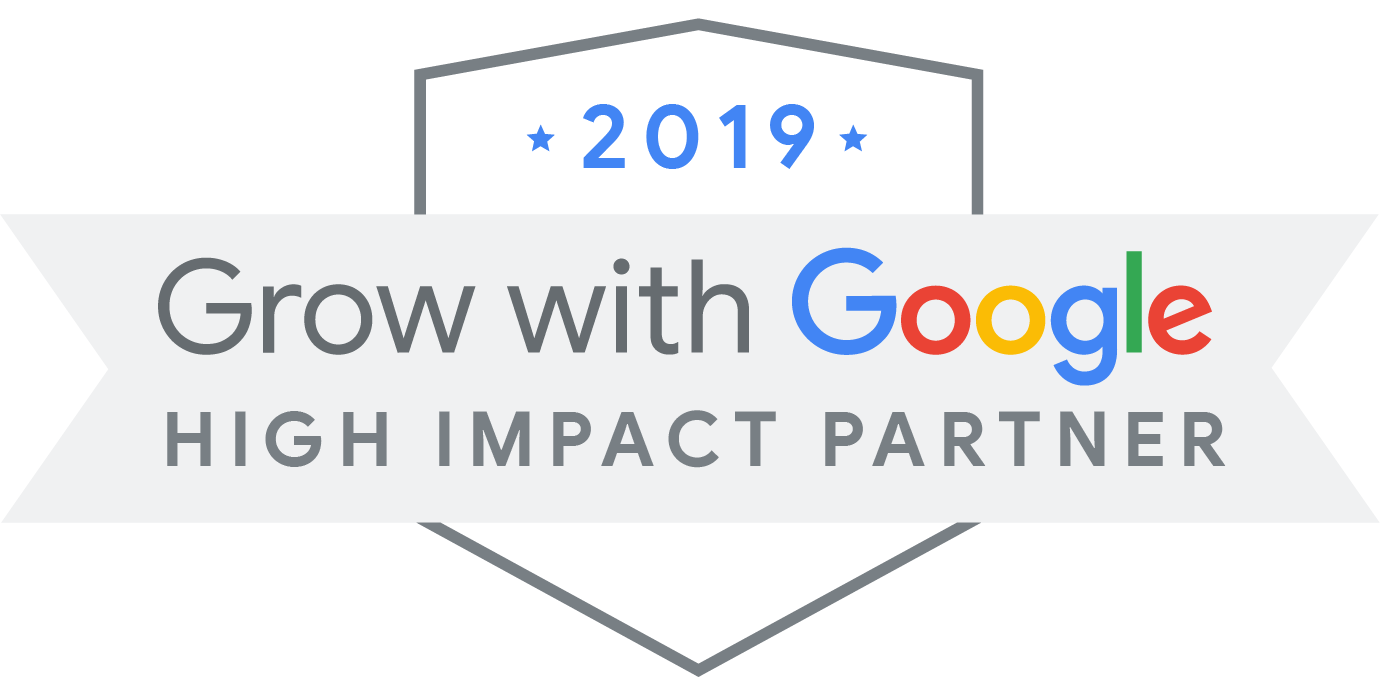2012 was a great year. The world didn’t end. Marvel’s The Avengers was released. We saw the transit of Venus for the last time until 2117. But if your website was last redesigned in 2012, that’s anything but great.
Traditional web design is broken. The struggle with traditional design is that almost immediately after a site is launched, the design and content begins to grow stale. The internet is an ever-evolving beast, and when your site doesn’t evolve along with it, it ages quickly. That’s where Growth-Driven Web Design (GDD) comes in (also known as User-Centered Design). With Growth-Driven Web Design, your website is never left stagnant. Instead of a “set it and forget it” approach, GDD actively targets your users’ pain points to solve them and create a streamlined, modern website experience.
Here are just a few reasons why you should consider switching from the traditional web design model to Growth-Driven Web Design Web Design.
It’s Dynamic
Growth-Driven Web Design is a powerful new approach to web design. Instead of front-loading web design with a costly and lengthy new design, Growth-Driven Web Design treats your website like a living entity and focuses on substantive, impactful updates spread throughout a year.
Traditional Web Design
- High upfront dollar and time investment
- Processes often runs late and over budget because of unforeseen obstacles
- Built on opinions, not research
- Forgotten after launch
Growth-Driven Web Design
- Cost spread out over smaller monthly investment
- Launch a functional, yet smaller-scale, site quickly
- Continuously make impactful improvements based on user data
- Site is never stagnant and changes to match updates in Google and SEO strategies
It’s Faster
Growth-Driven Web Design works by creating a functional “launch pad” website that looks great and is based on your customers’ needs, but that’s smaller-scale and launches quickly – typically in 1-3 months versus the 6-12 month timetable of traditional web design. It’s a simple 3 step process:

1. Strategy
Growth-Driven Web Design begins with developing an understanding of how your website can solve problems for users. This is where the overall goals of the website are set, and a clear roadmap is placed. Having concrete goals will give you a better ROI on your design.
2. Launch Pad
The launch pad is exactly that – a starting place to build up your website. A launch bad is a functional site that’s an improvement over your current website, but that can still be added to an expanded.
3. Continuous Improvement
With a launch pad website live, you can start collecting data and implementing new design features to help you reach your goals that you set in the strategy.
It’s Data-Driven
The action doesn’t stop once your website is live. With GDD, you actively track users’ actions when they visit your site and make additions, changes and improvements based on that data. Growth-Driven Web Design will take your website to the next level by improving over time, giving your customers what they’re looking for without draining your internal resources. Using data to make decisions is less risky, and with your website continually improving, your customers will want to come back for more.
Interested in GDD, but need more convincing? We understand. Download our FREE e-book below.
* * *
Supercharge Your Marketing and Website with Growth-Driven Web Design – Free eBook
Growth-Driven Web Design is not only easier on your team and wallet- continuous updates and improvements to your website will keep your customers coming back for more. This free eBook goes over Growth-Driven Web Design and what you need to know to get started.
Need Digital Marketing or Web Design help? Our Buzz Builders Online Marketing programs will get you found online. And if you’re looking at a new website, our Minneapolis Web Design programs create beautiful and functional websites that get results. Click here to get started.
 Get Started
Get Started Support
Support Call us
Call us Email Us
Email Us



